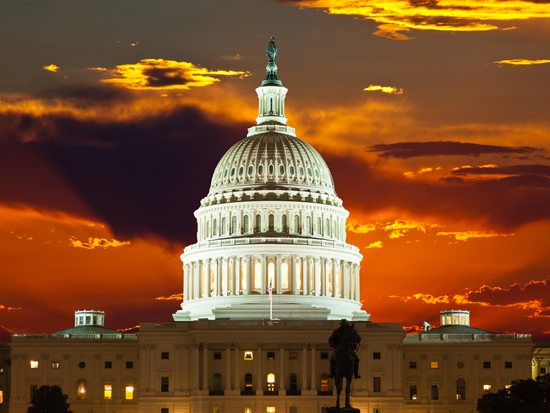Sequestration is bad business

Unless Congress acts, $85 billion in immediate, automatic, across-the-board federal budget cuts ("sequestration" or "the sequester") will go into effect on Friday. These automatic cuts must be made by Sept. 30. Additional across-the-board cuts over the next decade would raise this figure to $1.2 trillion.
Even if you favor reducing federal expenditures, sequestration is bad business for both green and conventional businesses. Here's a look at some of the metrics for the first round of cuts.
Sequestration is expected to increase near-term unemployment and reduce economic growth. A widely cited forecast prepared byMacroeconomic Advisorspredicts that the cuts will reduce economic growth by 0.6 percent in 2013 and, by the close of 2014, raise unemployment by 700,000 jobs and increase the civilian unemployment rate by 0.25 percent. Macroeconomic Advisors expects that the cuts will result in heightened unemployment for several years.
2012年代中期预测developed by economist Stephen Fuller of George Mason University is even more dire, predicting the loss of 2.14 million jobs and an increase in the unemployment rate to more than 9 percent.
Green business activities and the environment will also be affected by sequestration. Possible effects include the following according to the federal agencies involved:
- Some clean air monitoring sites are expected to be shut down, and criminal enforcement against emitters of toxic pollutants is likely to be weakened. At least $100 million is expected to be lost in private commitments and reimbursements for environmental cleanups at highly toxic Superfund sites due to minimized enforcement.
- Programs targeted to increasing the cost competitiveness of clean energy technologies, including solar, are expected to be pared down or delayed, as would be programs supporting the development of advanced, energy-efficient vehicles and energy-efficient manufacturing technologies.
- Implementation of home weatherization programs would be delayed, and up to 1,200 skilled weatherization professionals could lose their jobs. Solar industry job training provided to veterans at 261 community colleges is also in line for cuts.
- 中rt for the popular Energy Star program will drop or be withdrawn, including planned system upgrades and user support. The release of specifications for new Energy Star products will be delayed or impaired.
But won't the sequester help curb federal spending down the road? Unfortunately, not that much. The pain imposed by sequestration is expected to have only a modest impact on long-term federal deficits, which are driven largely by health care spending. But Medicaid is exempted from the cuts and Medicare is limited to 2 percent annual reductions. In addition, some of the budget savings created by the sequester will be eaten up by safety net payments necessitated by sequester-driven job losses. According to theBipartisan Policy Center, other savings will be offset by higher per-unit procurement costs (as bulk purchases are cut), and by increased future costs for delayed procurement.
Even budget hawks dislike the sequester. Federal deficit reduction gurus Erskine Bowles and Alan Simpson term across-the-board spending reductions"dumb" and "mindless."Simpson and Bowles recommend a moredeliberate strategy of targeted reforms centered on job creationand the preservation of high-value investment, while focusing cuts on the elimination of wasteful or duplicative spending.
I don't always agree with the recommendations of Bowles and Simpson, but I agree with them on the sequester. To quote them further:"Replace dumb cuts with smart reforms."
Is Congress smart enough to put down the budget meat cleaver?
Capitol Hill photovia Shutterstock.




